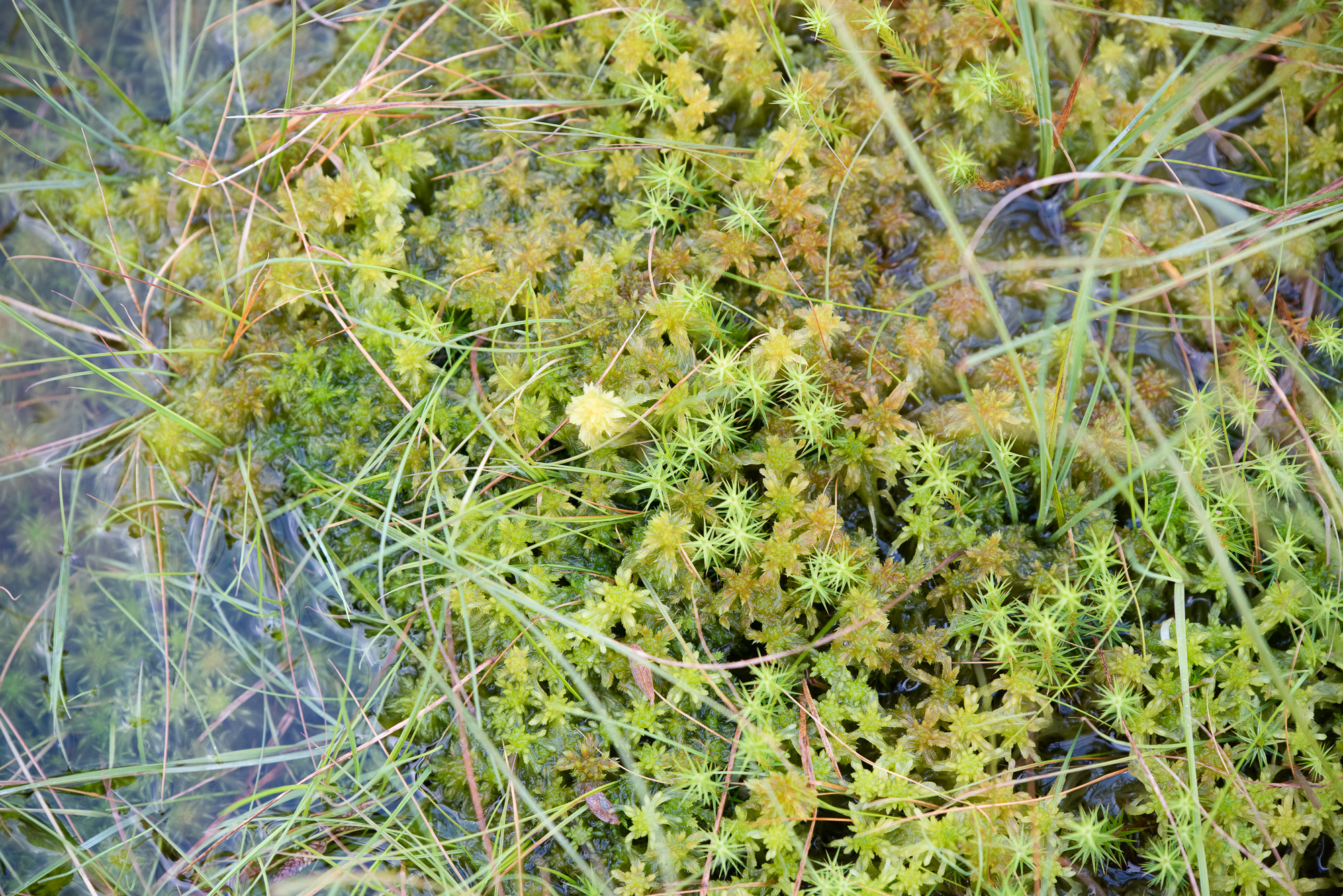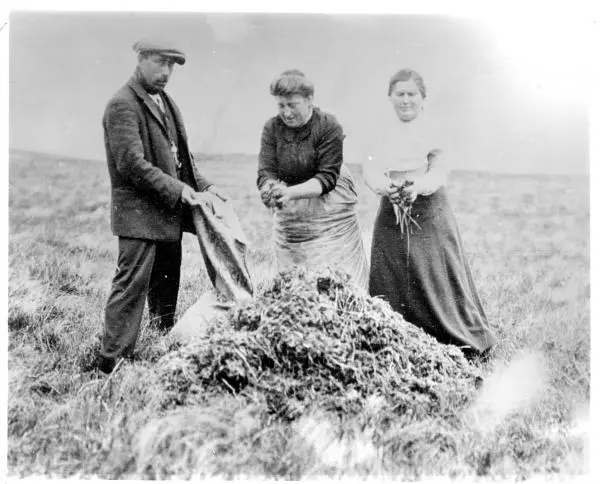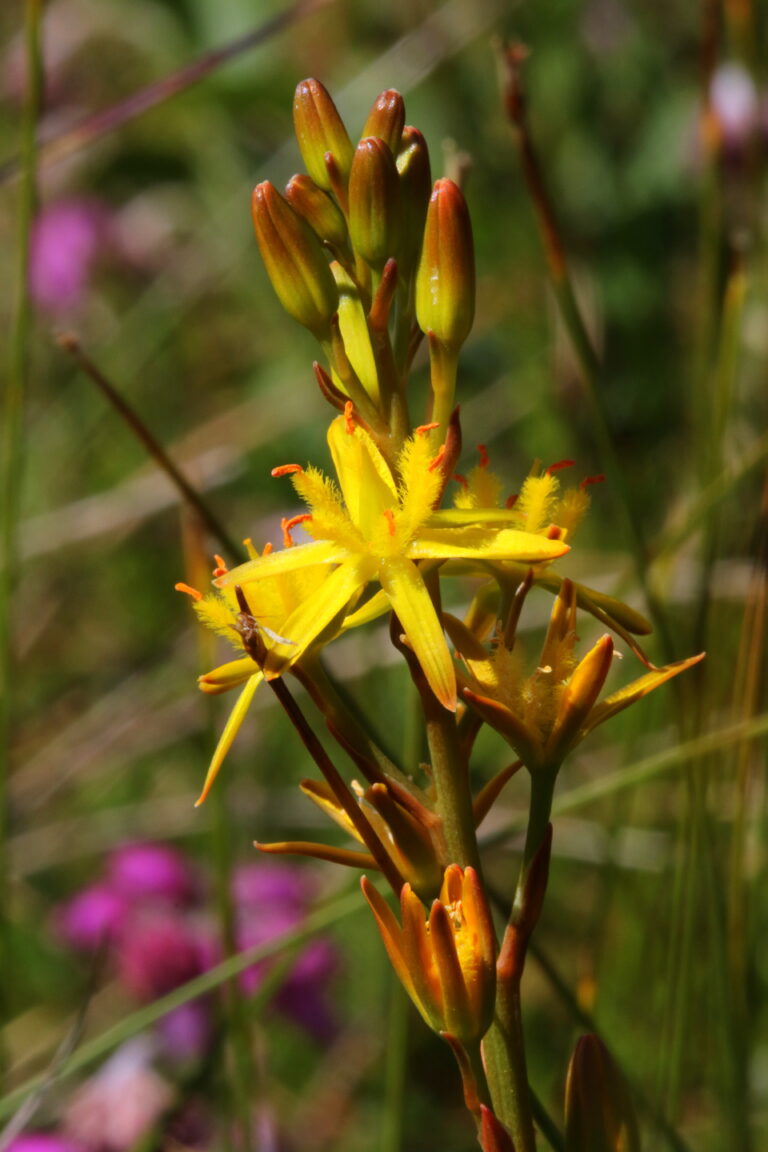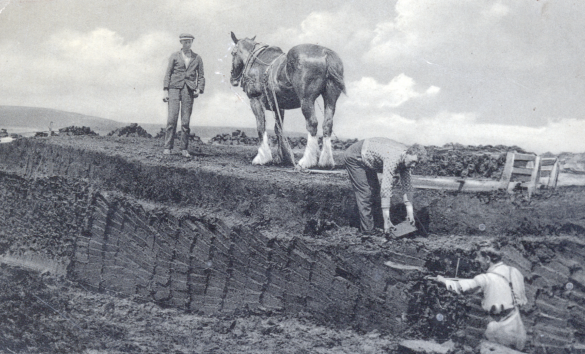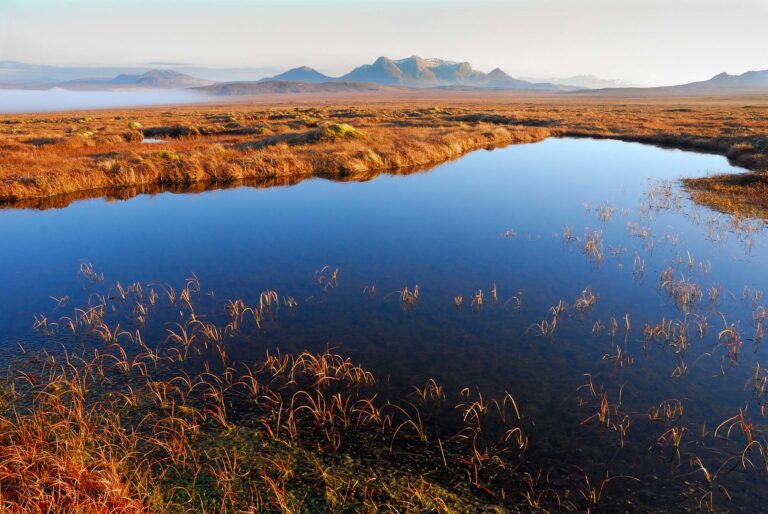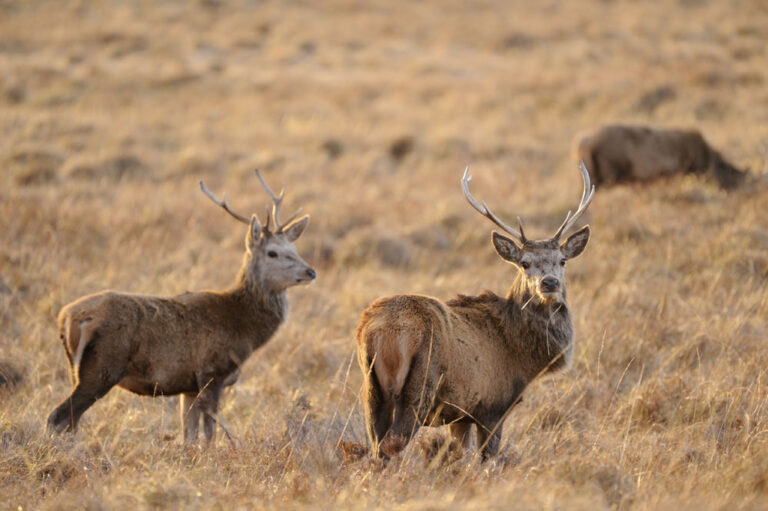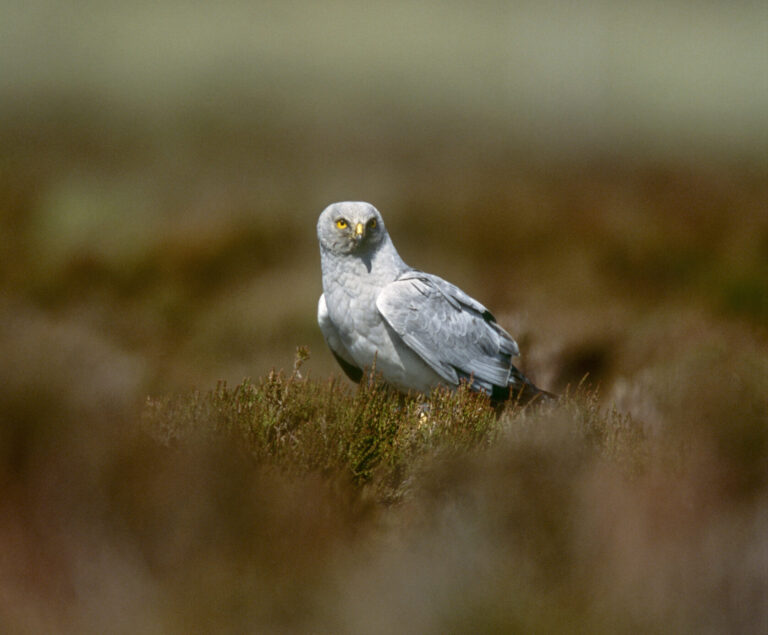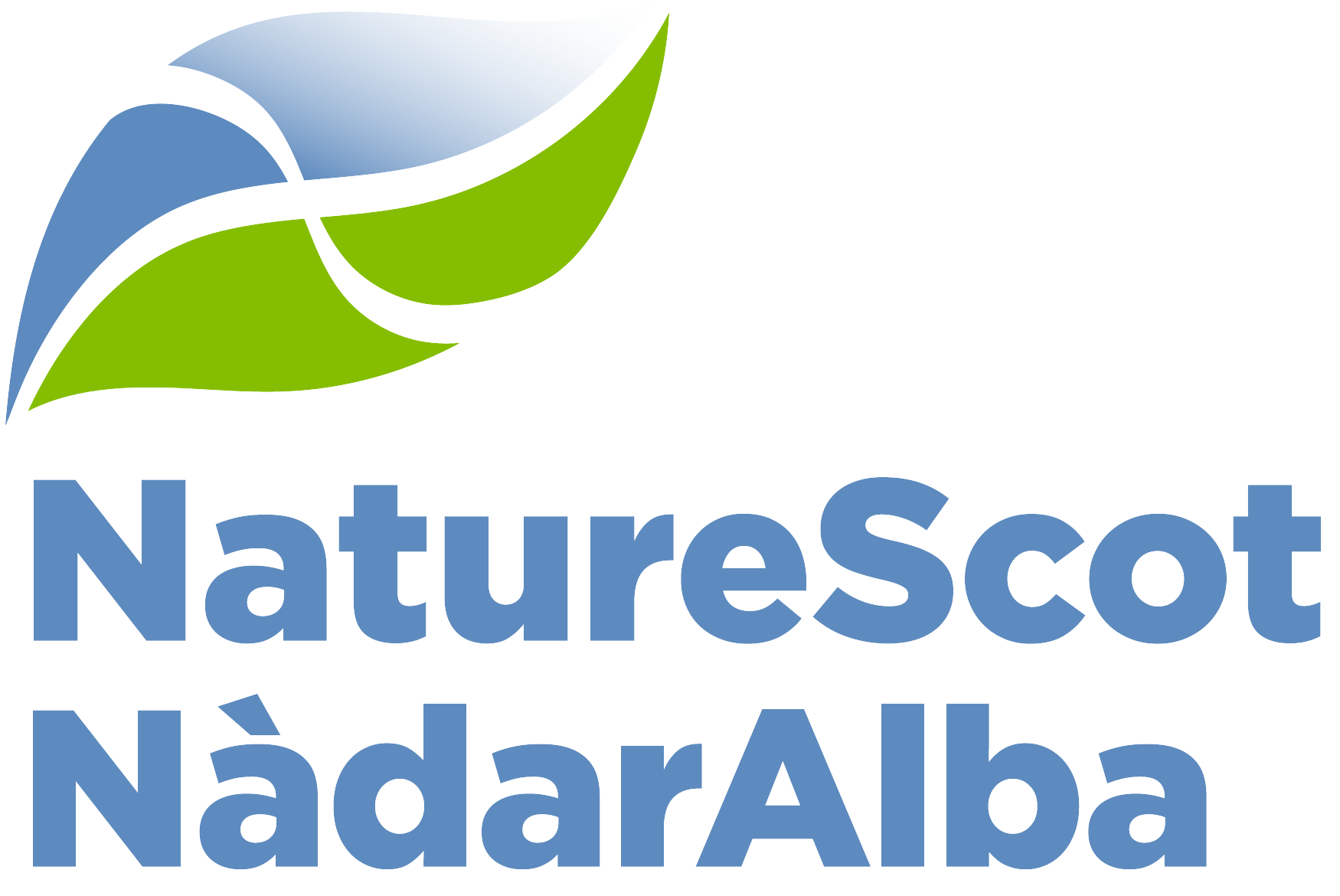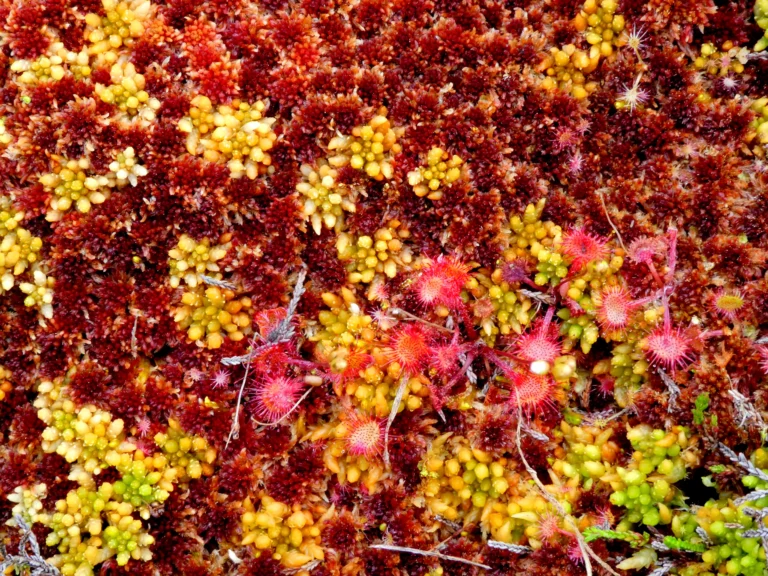
Moss
Mosses are ancient plants, they have existed on this planet for over 450 million years. With 15,000 – 25,000 species globally, they are an incredibly diverse group. They are found on every continent where they play vital roles in their ecosystems.
Mosses are unusual plants: They do not have roots, flowers or structures for transporting water and nutrients. They’re also small, growing just centimetres high.
Despite this, they are capable of shaping ecosystems and creating some of the most important carbon sinks on the planet.
In The Flow Country, mosses have been slowly changing the landscape for over 9000 years.

